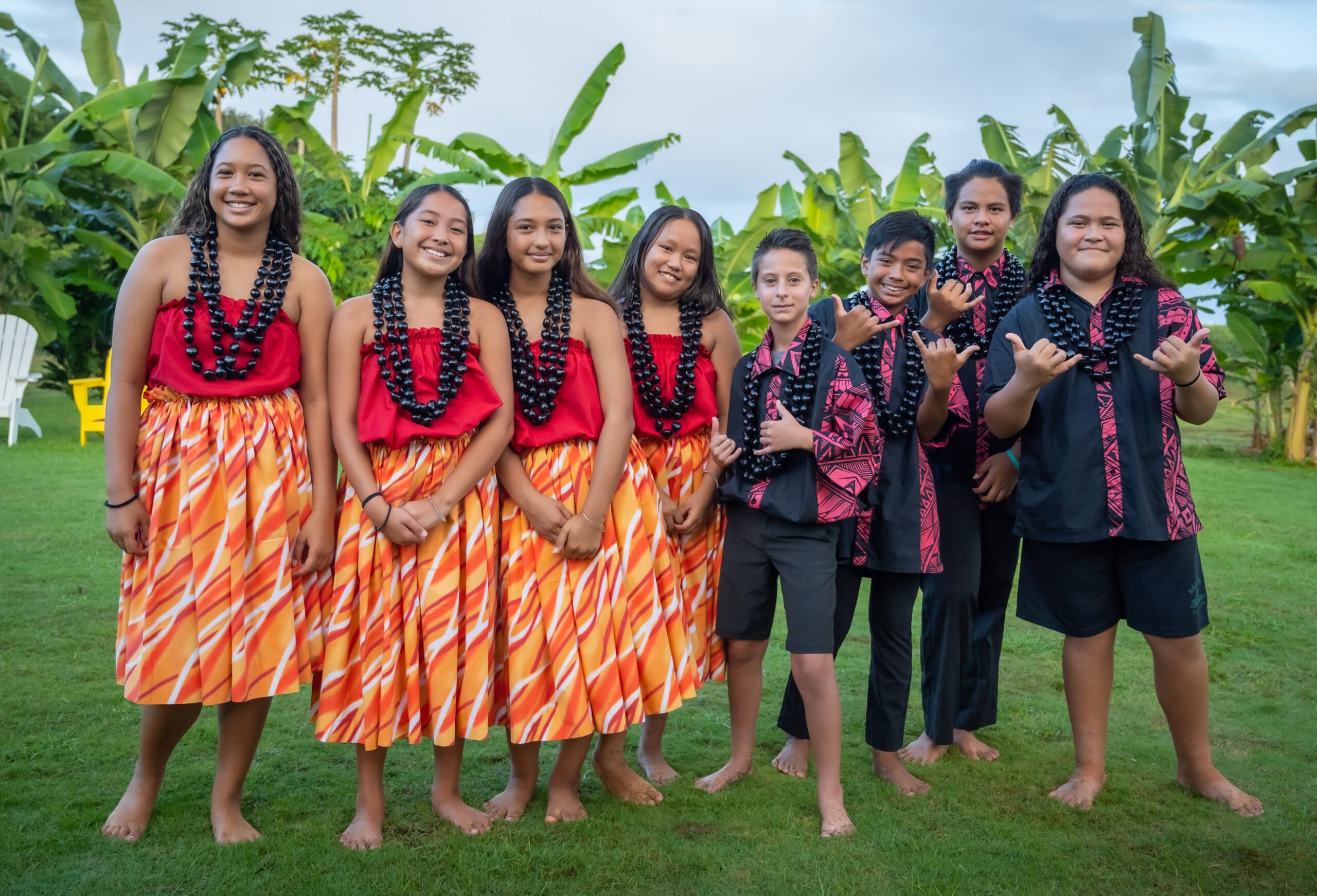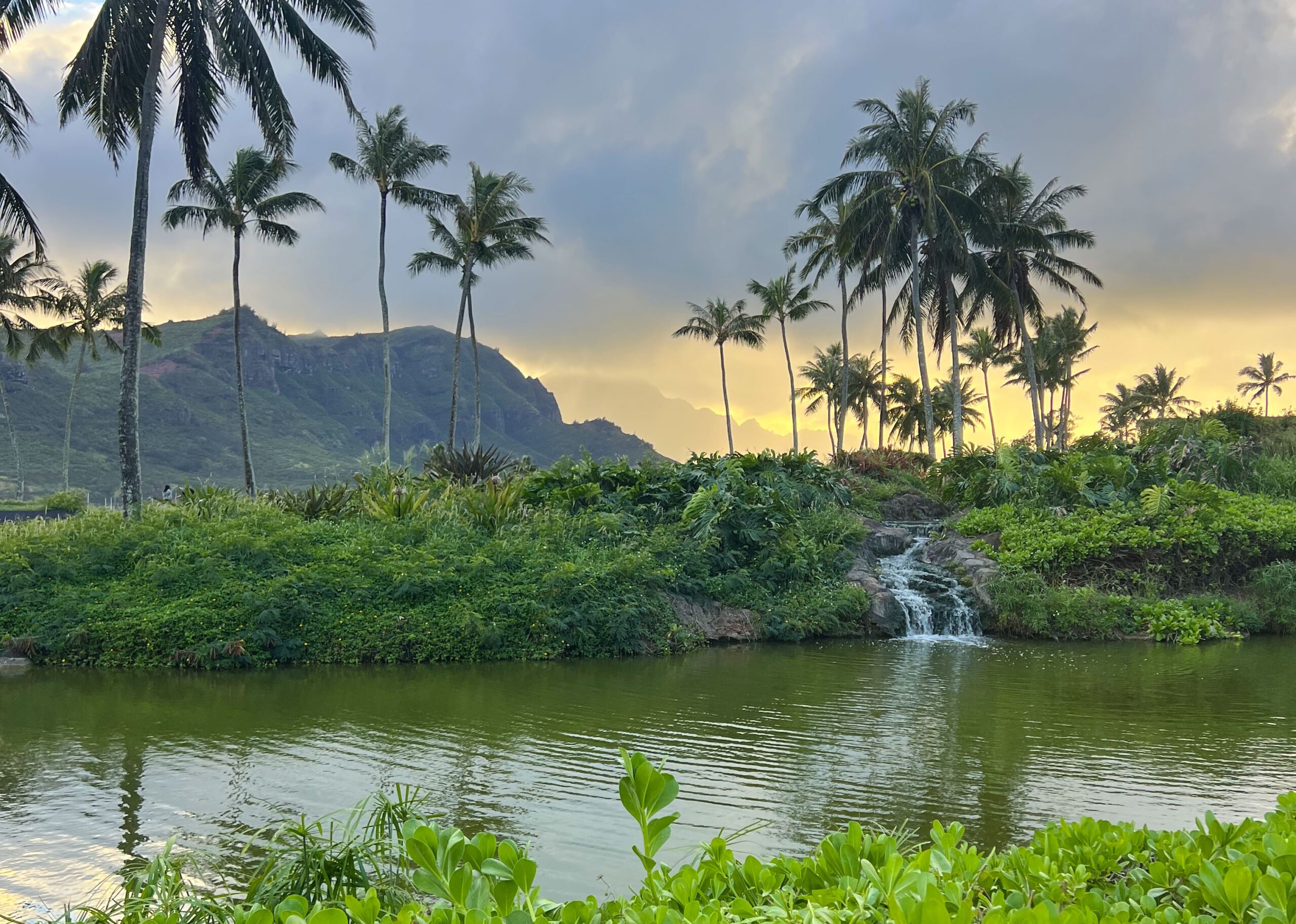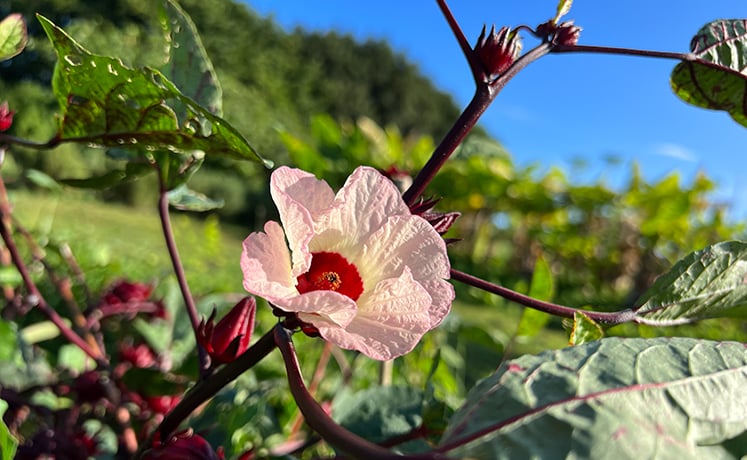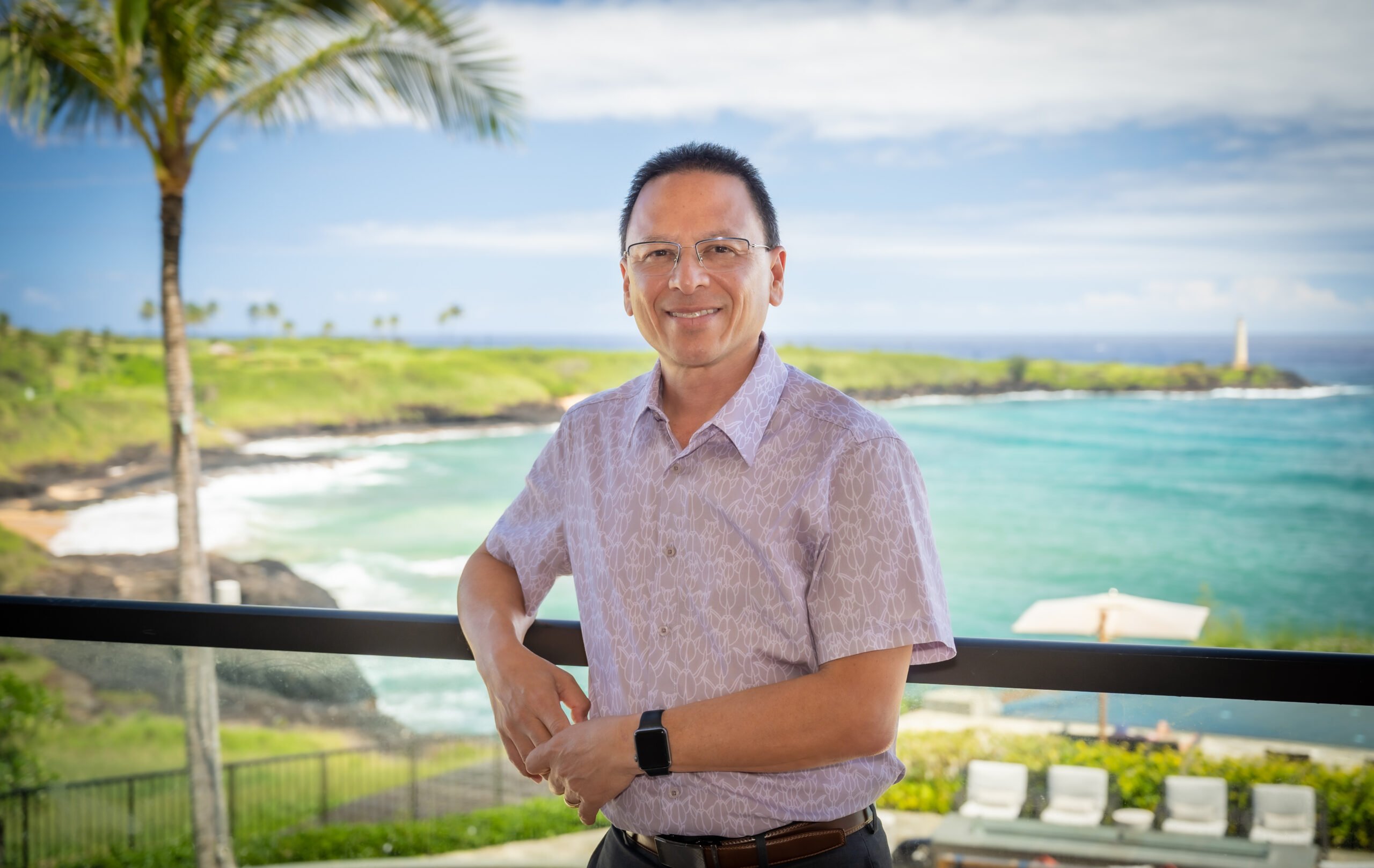Celebrating the Preservation of Culture with Hawaiian Language Month
February 28, 2024
Mahina ‘Ōlelo Hawai‘i, or Hawaiian Language Month, celebrated over a decade of observation this past month. Established in 2013, Hawaiian Language Month’s efforts are aimed at resurrecting the often-overlooked language of Native Hawaiians. Although many visitors are familiar with Hawaiian phrases like “aloha” and “mahalo,” mainstreaming the use of the once-forbidden native tongue is an important lesson in honoring tradition. Preserving Hawaiian history strengthens the bond between our precious home and those who love it.

The Forgotten Language
In 1893, the Hawaiian monarchy was overthrown, forcing Native Hawaiians into discriminatory suppression and leading the Hawaiian language to the brink of extinction after banning it from schools and discouraging its use in public and at home. It wasn’t until the late 1970s—when Hawaiʻi recognized the language officially—that public schools reintroduced Hawaiian to the curriculum. During that gap, speaking Hawaiian was discouraged, and sometimes criminalized. The spoken aspect of Hawaiian culture began to dwindle due to the lack of consistency in learning and everyday use or practicing the language. Native Hawaiians were at a loss for many generations, unarmed with the verbal knowledge necessary to pass the language on to their children.
The Revival
Thanks to the hard work of activists, ʻŌlelo Hawaiʻi is now taught from K-12, can be chosen as a major on a college level, and is not only encouraged—but celebrated. The goal of the annual events surrounding Hawaiian Language Month is to raise awareness about the significance of preserving and revitalizing the indigenous language of Hawai‘i. Maintaining a connection to the past has always been at the core of Hawaiian culture, and the preservation of language is no different.
We’ve perpetuated a connection to Hawaiian history at Timbers by celebrating Mahina ‘Ōlelo Hawai‘i as well as Makahiki Season, and other cultural practices. With the help of our Hawaiian Practitioner Kalani Flores, we make every effort to enrich the Timbers experience by integrating Hawaiian heritage into our special events, classes, and activities.



Spreading the ‘Ōlelo
According to an article by Kamehameha Schools, there are over 26,000 self-identified ʻōlelo Hawaiʻi speakers, with 3,380 students currently enrolled in 28 kaiapuni (Hawaiian language immersion) schools. Additionally, more than 798,000 users around the world are learning Hawaiian on Duolingo, the popular language app. Every bit of exposure to ʻōlelo Hawaiʻi helps to increase awareness and preserve the language for generations to come.
E ola mau ka ʻōlelo Hawaiʻi! – Long live the Hawaiian language!
Additional Resources
About the Hawaiian Language – University of Hawai‘i, Hawaiian Language College
Revival of the Hawaiian Language – Kamehameha Schools Research & Evaluation Division, article by Jacqueline Ng-Osorio and Brandon C. Ledward, January 2011
How Hawaiians Saved their Language – Library of Congress Blog by Stephanie Hall, May 2017
Learn the Hawaiian Language – Hawaii State Public Library System, February 2024
Whewehe.org – Hawaiian Dictionary Online Database






